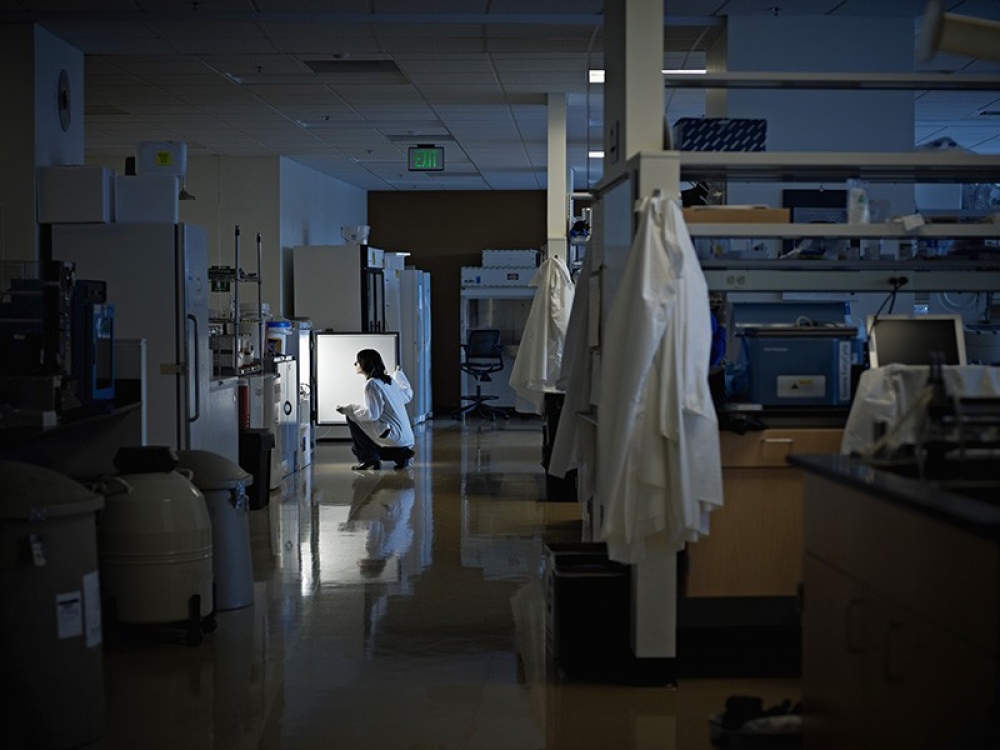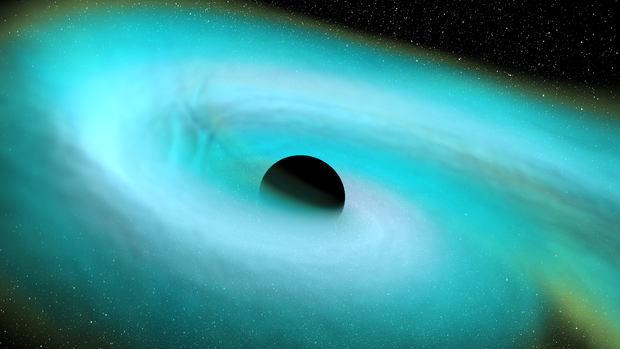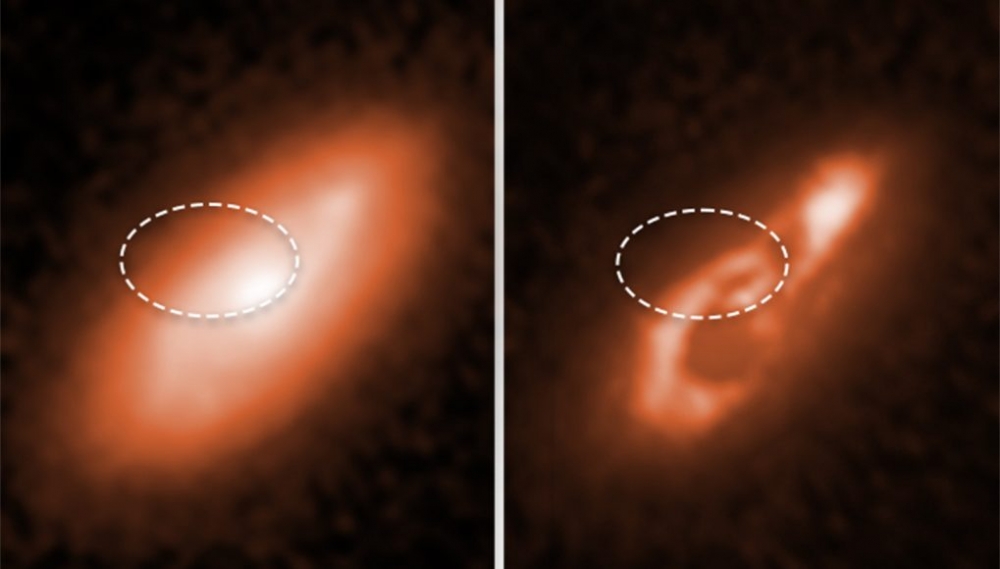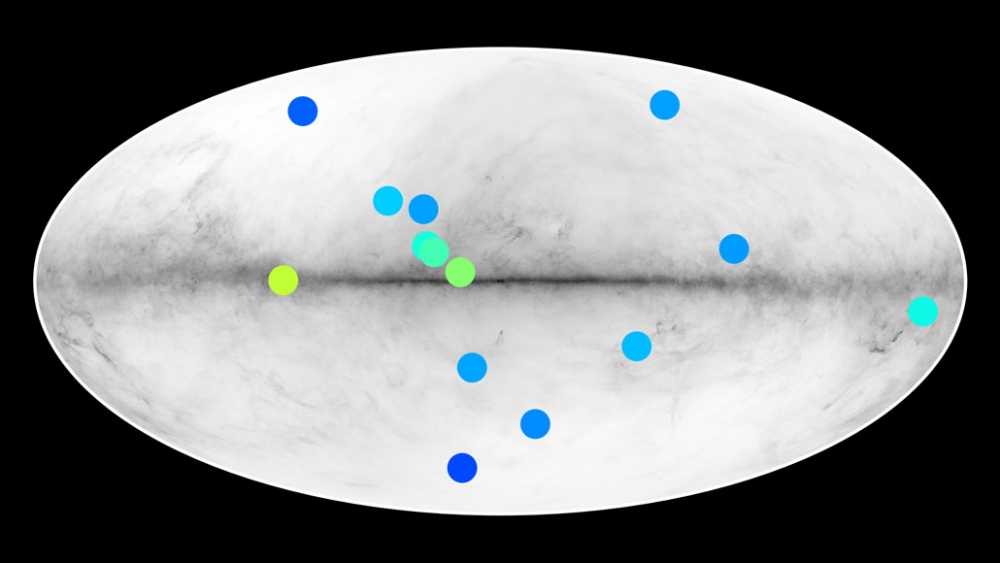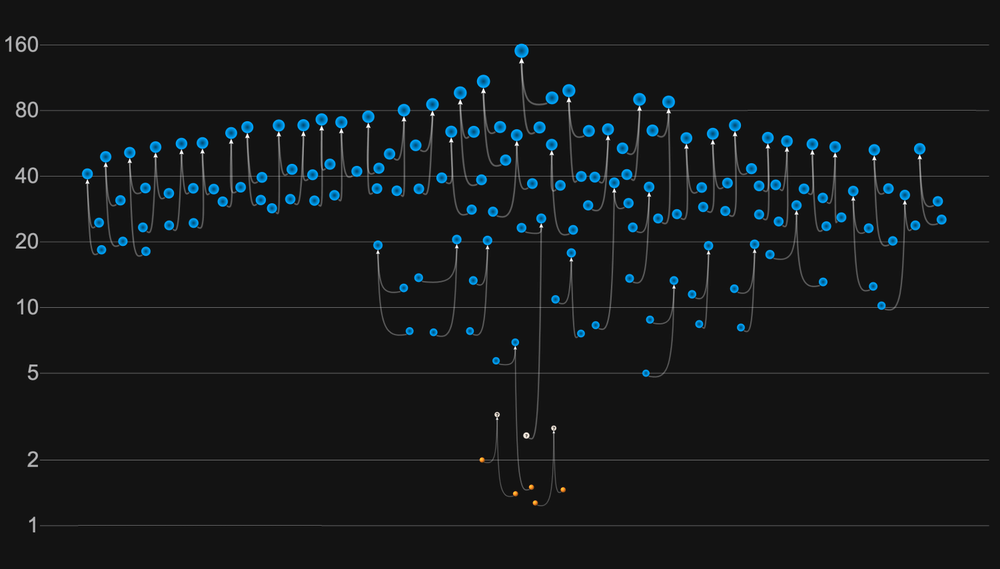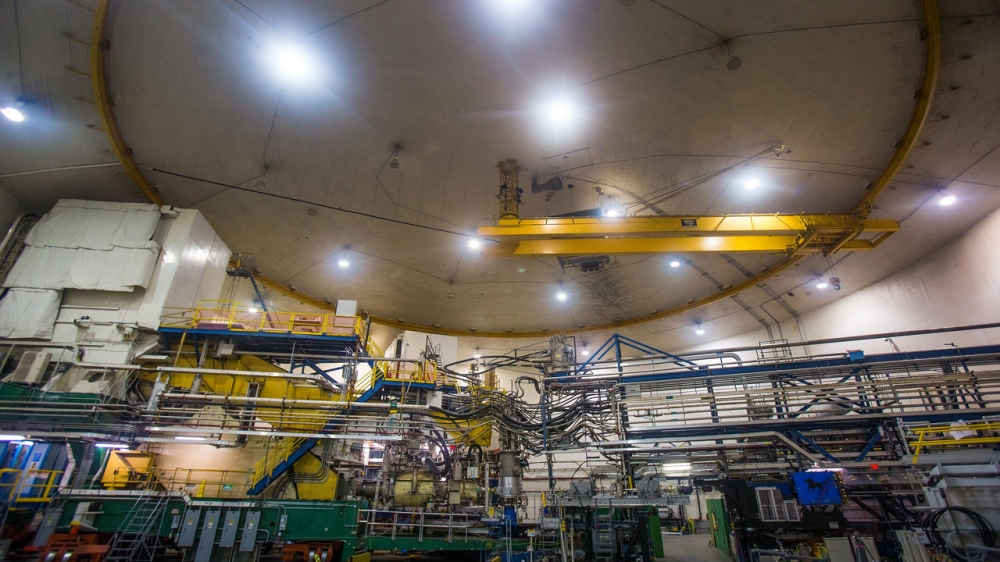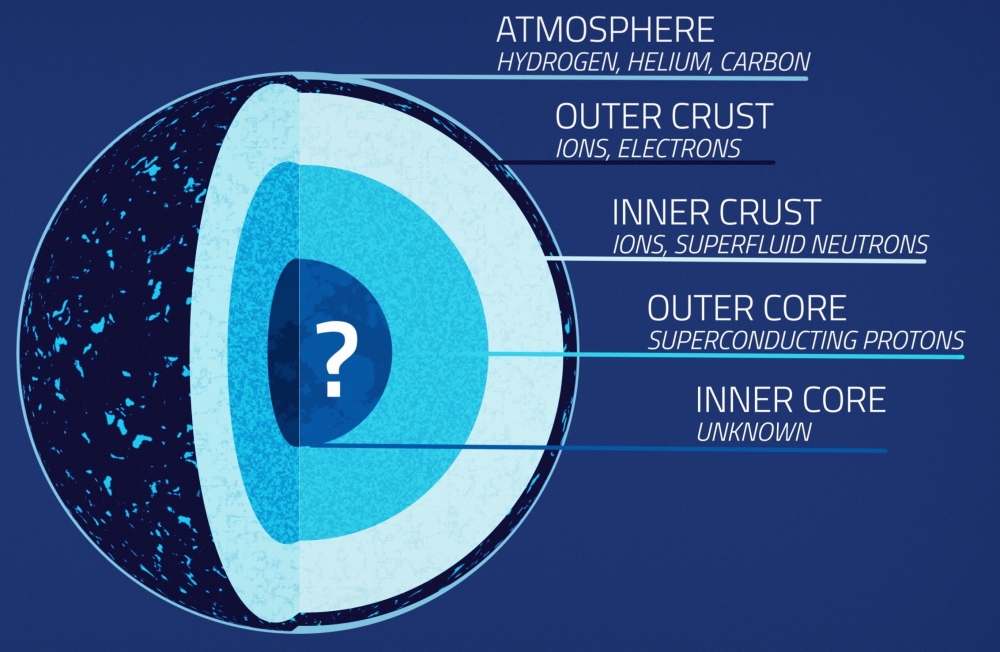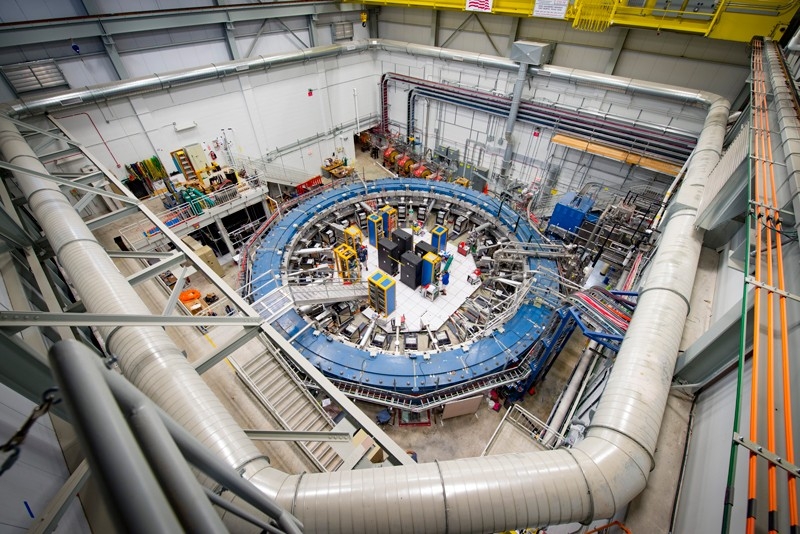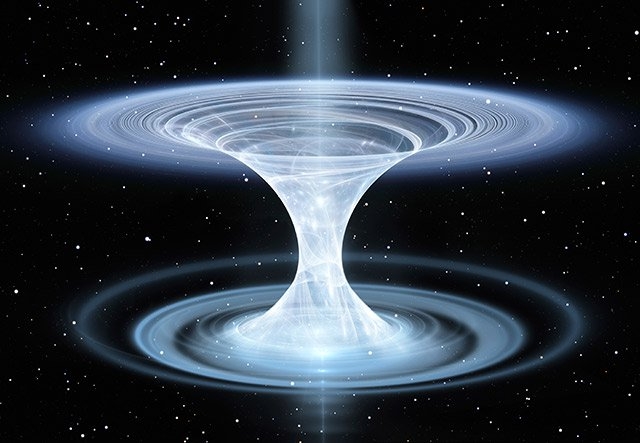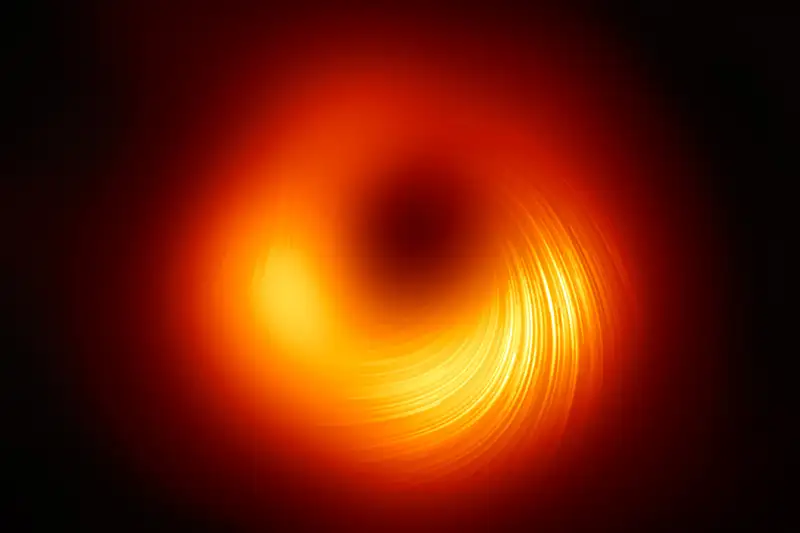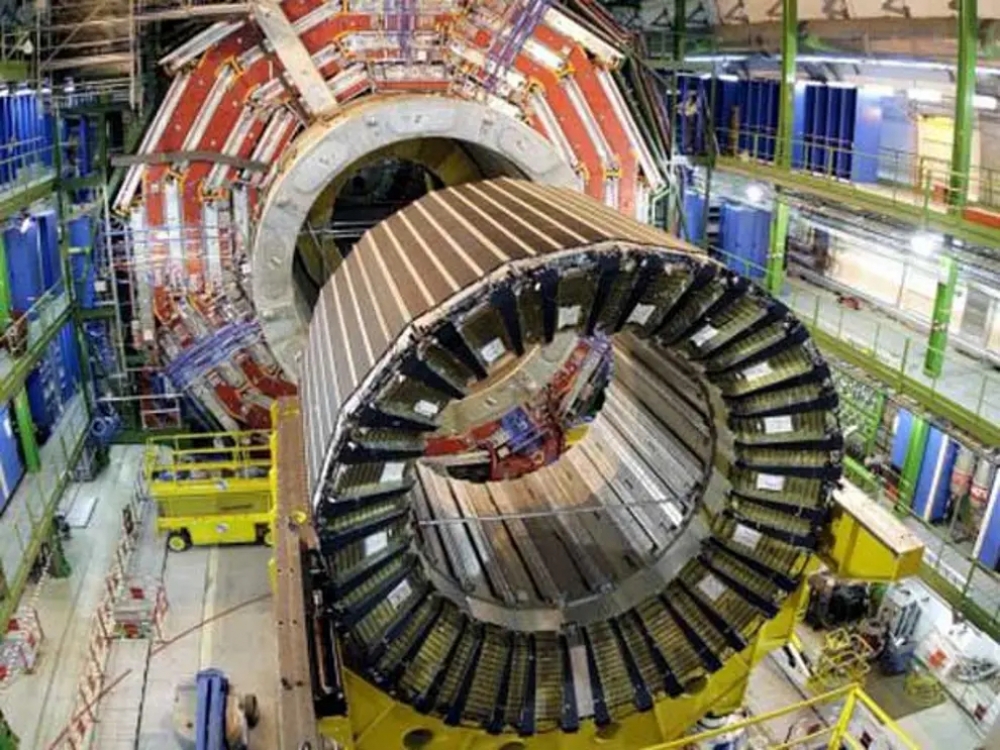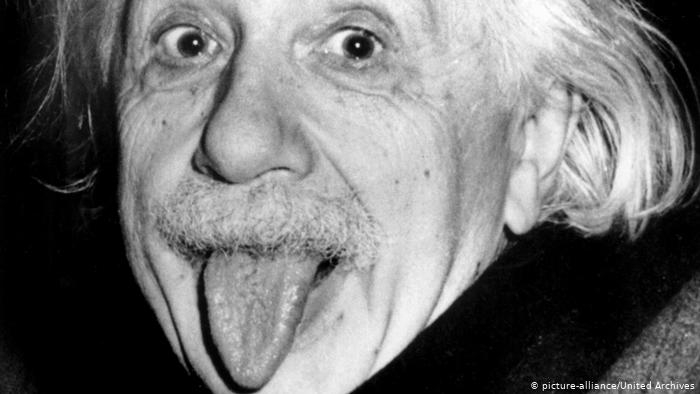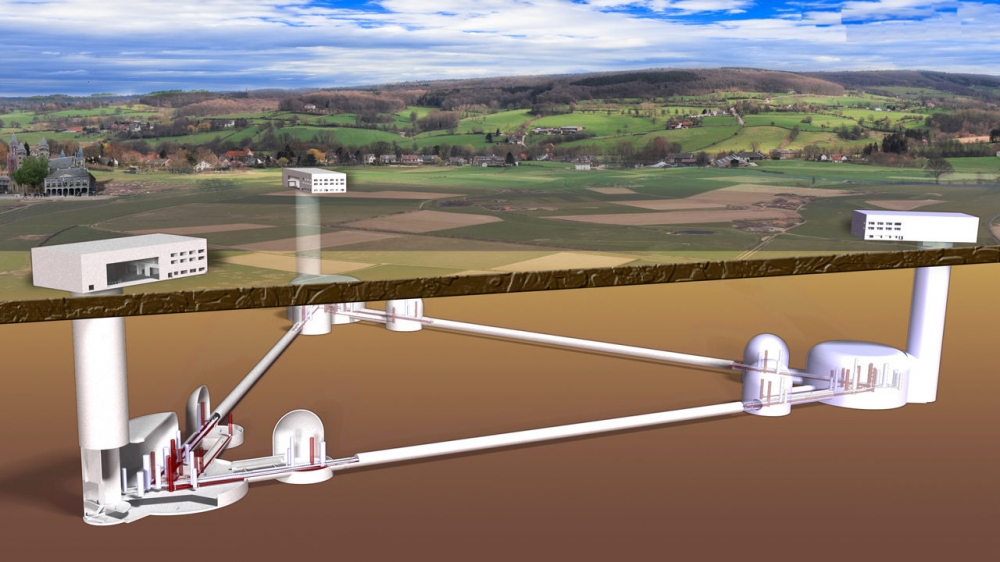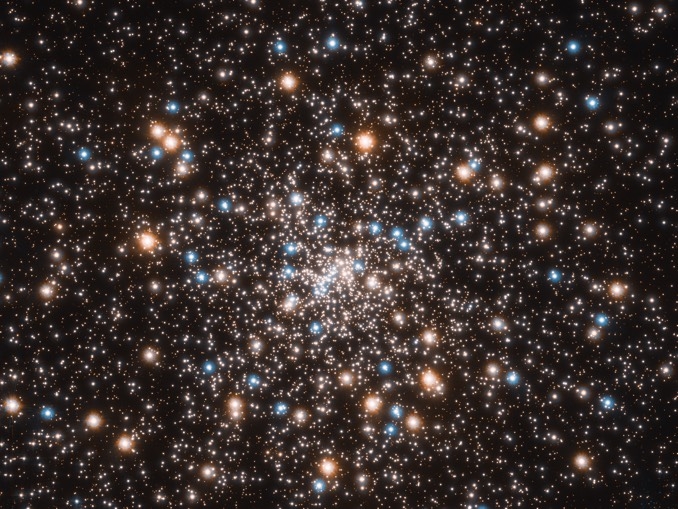The Top 10 scientific surprises of Science News’ first 100 years
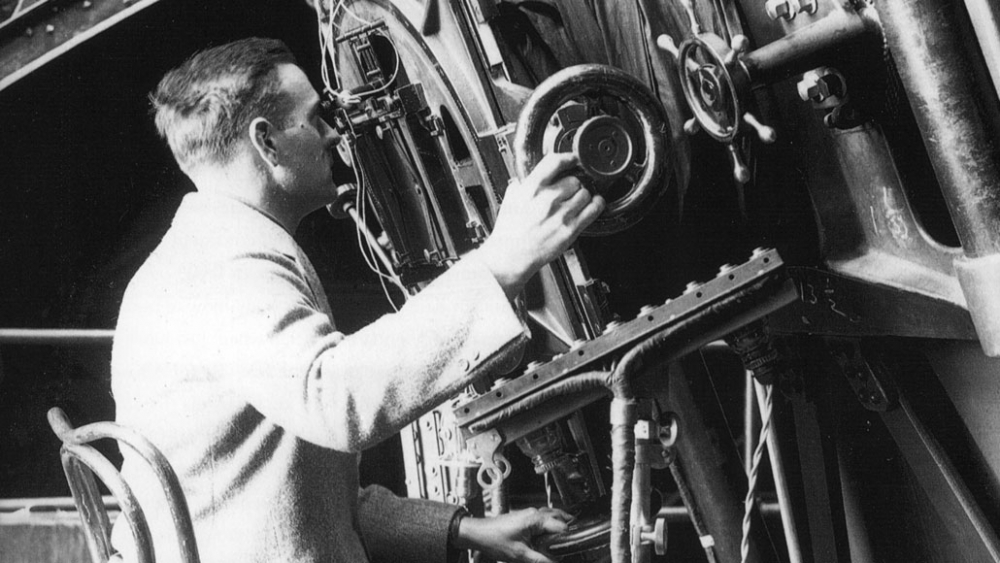
In 1929, Edwin Hubble (shown here at Mount Wilson Observatory) showed that more distant galaxies were flying away from us faster than nearby galaxies, which suggested an expanding universe. PICTORIAL PRESS LTD/ALAMY STOCK PHOTO
By Tom Siegfried
SEPTEMBER 20, 2021
From the day Archimedes cut his bath short to shout “Eureka,” science has been a constant source of surprises.
Even after the abundant accumulation of knowledge in the intervening two millennia, science still retains the capacity to astonish, and the century since Science News began reporting has produced its share of shocking discoveries. Some such surprises happened suddenly (if not necessarily with eureka moments); in other cases, revolutionary shifts in understanding took a while to seep slowly into general scientific awareness.
In either case, Science News was sooner or later on the job during the last 100 years, identifying and reporting the never-ending series of surprises, too numerous to mention here, except for my Top 10.
10. Parity violation
In the 20th century, physicists established the importance of mathematical symmetries in the laws of nature. While all sorts of changes occur in the physical world, the equations describing them remain the same. So it seemed obvious that viewing the universe in a mirror — switching left and right — should have no effect on the accuracy of those equations. Hermann Weyl, a prominent mathematician who died in 1955, boldly stated that “there can be no doubt that all natural laws are invariant with respect to an interchange of right with left.”
But then in 1956 physicists Tsung-Dao Lee and Chen Ning Yang published a theoretical paper suggesting otherwise, and almost immediately two teams of experimenters showed that nature did indeed distinguish left from right (in technical terms, violating parity). Radioactive beta decay of cobalt atoms and the decay of unstable particles called muons both exhibited a left-right disparity in the directions traveled by the emitted beta particles — a major surprise. “It was socko!” recalled Leon Lederman, one of the experimenters, in an interview four decades later. “New atomic matter laws” proclaimed the headline in Science News Letter, the predecessor to Science News, with the subhead declaring the results “a revolution in theoretical physics.”
